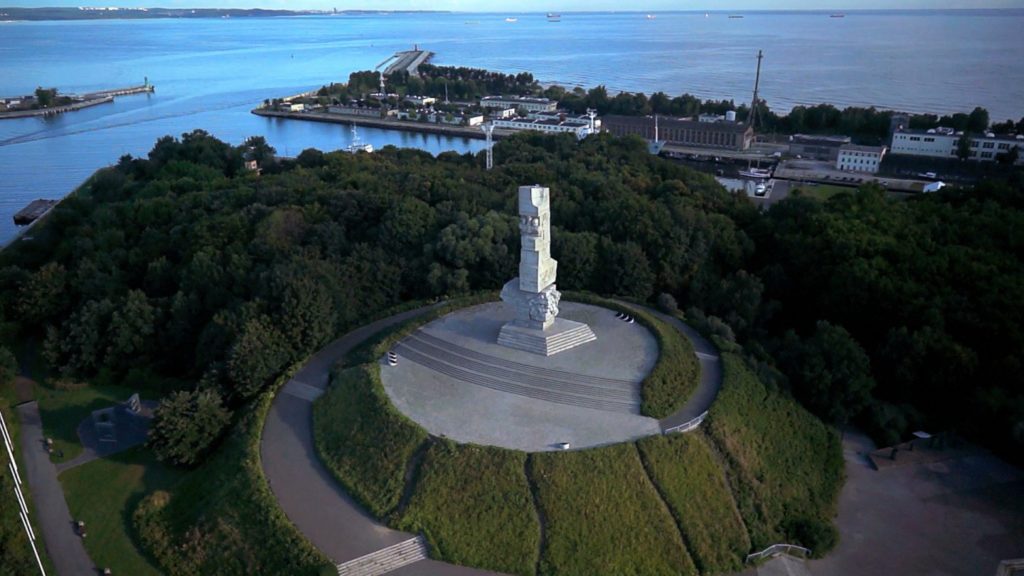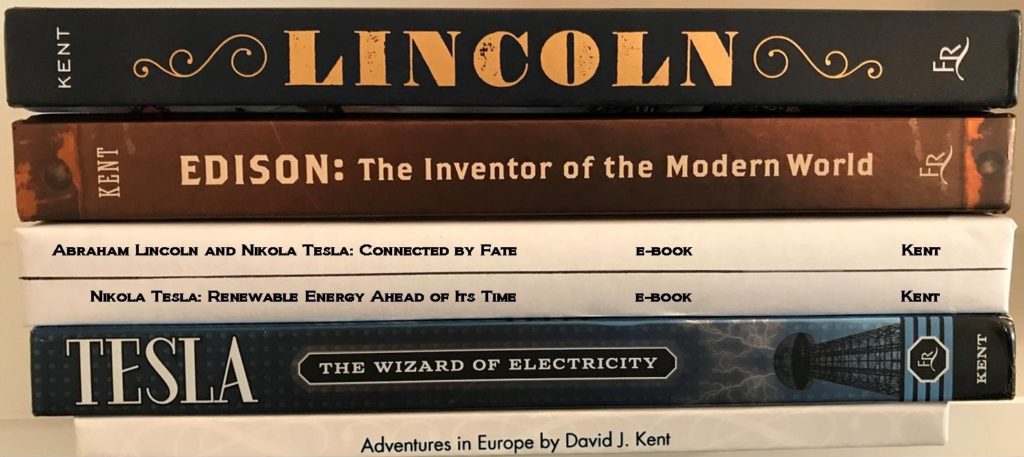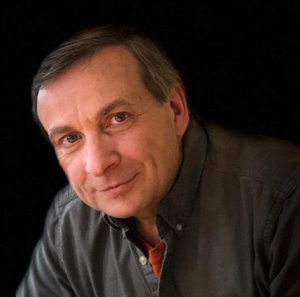 The year in a writer’s life actually went much more to plan than the year in science traveling and even the year of reading time. On New Year’s Eve I had signed a contract with Rowman and Littlefield to publish my long-researched book on Lincoln’s interest in science. The deadline was July 1st, so the first six months of the year were spent diligently making sense of thousands of hours of information stored in my head, on my computer, and a myriad of handwritten and printed notes. More on the book at the end of this post.
The year in a writer’s life actually went much more to plan than the year in science traveling and even the year of reading time. On New Year’s Eve I had signed a contract with Rowman and Littlefield to publish my long-researched book on Lincoln’s interest in science. The deadline was July 1st, so the first six months of the year were spent diligently making sense of thousands of hours of information stored in my head, on my computer, and a myriad of handwritten and printed notes. More on the book at the end of this post.
As has been the case for the last year or two, royalties continue to drip in from my three previous traditionally published books on Tesla, Edison, and Lincoln. I also get a little bit from the two self-published e-books on Amazon. Last year I reported that a Chinese-language version of Edison was in the works, but that apparently never happened. At least, I never saw any licensing fees or sales from it. Unfortunately, anyone ever remotely associated with my books at the old publisher has left, some willingly, some not so much, so getting information has become impossible. One the other hand, people have been reading more books, in part because COVID has limited the ability to do other things. Barnes and Noble remains the only large bookseller chain for new books, but after many years of declining sales (mostly due to Amazon) it projects opening new stores in 2022 and beyond. The new stores are smaller than the old behemoths, which is more efficient. The new private owner is optimistic. Every author in the world is pulling for them. I certainly need them open long enough to stock my book.
I don’t consider myself a “freelance writer” as much as a book author. Freelancers must constantly hustle to get projects, mostly small, with a constant stream necessary to keep the money flowing. I did enough of that in my consulting career and have little desire or incentive to do it as a writer. Plus, it doesn’t really fit my writing mentality. That said, my writing life is incredibly, sometimes frustratingly, busy. Here are some examples for 2021.
- Wrote and delivered four presentations on Zoom (not counting my participation in dozens of additional Zoom meetings).
- Developed and presented a short course on Lincoln: Savior of the Nation for Encore Learning (continued education for retired people)
- Wrote three book reviews for the Lincoln Herald, an academic journal.
- Produced eight book reviews for the Lincolnian, the newsletter of the Lincoln Group of DC.
- Wrote dozens of posts for Lincolnian.org, the website blog of the Lincoln Group of DC.
- Wrote dozens of posts for this author website and my side blog at Hot White Snow.
- Had three more contributions in the “From Our Readers” section of Writer’s Digest magazine.
- Was interviewed (alongside former colleague Bob Scheuplein) on Facebook Live by filmmaker Annabel Park about climate change options
- Entered six writing contests.
- Worked on turning a presentation and some blog posts on Confederate monuments into a book to come out sometime in 2022.
- Started a new WIP.
Now back to the book from Rowman and Littlefield
The manuscript was due to the publisher by the beginning of July, and I dutifully turned it in with a week to spare. They accepted it shortly thereafter and paid me the second half of the advance. Then I waited. And waited. And waited. Copy edits on each of my previous books had all arrived within a few weeks, so after adding in some substantial buffer time with no further response I contacted the editor. And that’s when the COVID realization hit. As with many industries, COVID has caused a lot of problems in the publishing industry, from editors working at home to staff getting sick (or worse) to backlogs on production to basic issues like lack of paper. All of that created a backup in the publishing pipeline. My book was originally scheduled for release in February. With the delay of other books ahead of me, my book got kicked to the following “season,” which in the publishing business is broken into half years. In an instant, February became September 1st. That is now officially my release date. This month the final process starts in earnest, but I’ve already seen a mockup of the cover design and we should have the book up on the Amazon and Barnes and Noble websites for pre-order sometime in the spring.
I’ll have more details in follow up posts, including the big cover reveal, big news about the well-known author (and notable politico) who wrote the foreword, and information about what the book cover.
What is the plan for 2022?
As the year progresses, I’ll be doing more marketing promotion for the book. I have already scheduled two presentations for September, including my official book launch in association with the Lincoln Group of DC. Many more presentations will be on the schedule, probably mostly virtual but hopefully also getting to see people in person.
Book reviews will continue to be a large part of my writing for 2022. Those who get the Lincoln Herald should see a few come out, with more going into the pipeline. I also have a review in preparation for the Journal of the Abraham Lincoln Association. These are both academic journals, but I also plan to submit to general magazines such as Civil War Times. My book review column (8 reviews/year) will continue in the Lincolnian newsletter. I’ll also be posting reviews at the Abraham Lincoln Bibliography Project.
I’ll be publishing a book related to the Confederate monument debate sometime this year. The goal is to put the discussion into perspective in a respectful manner while adhering to factual history. Look for the book on Amazon in the spring.
The fall will hopefully see an excerpt from my book in Civil War Times. I’m also hoping to get an excerpt in Smithsonian magazine.
I’ll continue to write blog posts on Lincolnian.org, DavidJKent-Writer.com, and HotWhiteSnow.wordpress.com.
As time permits, I’ll write fiction pieces and enter writing contests.
Finally, I have a new work in progress. I’ve been researching an event in Lincoln’s life and putting together a proposal for a book. I hope to get that proposal to my agent and in front of publishers long before the September release of the current book. If I can do that, I may have another new book in stores by late 2023. Stay tuned.
David J. Kent is President of the Lincoln Group of DC and the author of Lincoln: The Man Who Saved America. His previous books include Tesla: The Wizard of Electricity and Edison: The Inventor of the Modern World and two specialty e-books: Nikola Tesla: Renewable Energy Ahead of Its Time and Abraham Lincoln and Nikola Tesla: Connected by Fate.
Check out my Goodreads author page. While you’re at it, “Like” my Facebook author page for more updates!



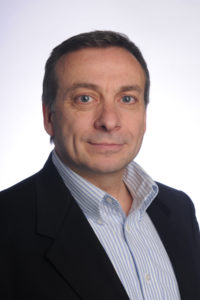 Heck of a year, wasn’t it? I’m sure I’m not alone in admitting that the year in a writer’s life didn’t go exactly as planned. And yet, looking back on
Heck of a year, wasn’t it? I’m sure I’m not alone in admitting that the year in a writer’s life didn’t go exactly as planned. And yet, looking back on 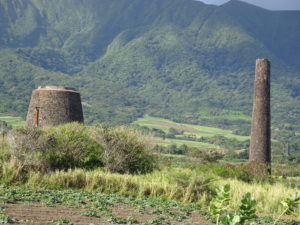 St. Kitts is the larger of two islands that make up the nation of St. Kitts and Nevis. Nevis is most famous for being the birthplace of Alexander Hamilton, the musical about whom I recently saw in Chicago. While St. Kitts is now a tourist mecca, the island is best known for its dominant position in the colonial sugar trade. Lesser known is that St. Kitts also was a major hub in the slave trade.
St. Kitts is the larger of two islands that make up the nation of St. Kitts and Nevis. Nevis is most famous for being the birthplace of Alexander Hamilton, the musical about whom I recently saw in Chicago. While St. Kitts is now a tourist mecca, the island is best known for its dominant position in the colonial sugar trade. Lesser known is that St. Kitts also was a major hub in the slave trade.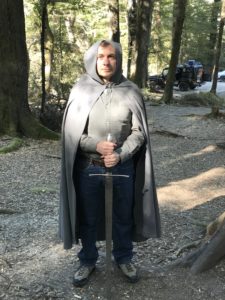 In over
In over 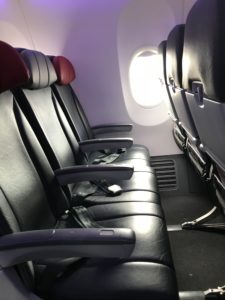
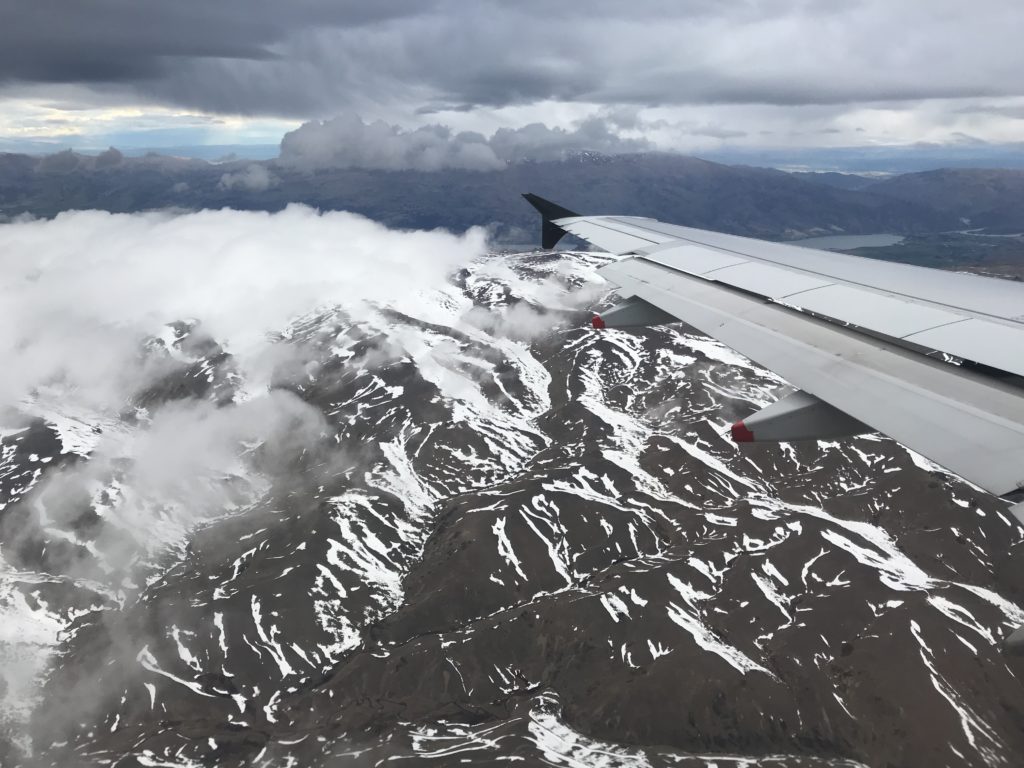
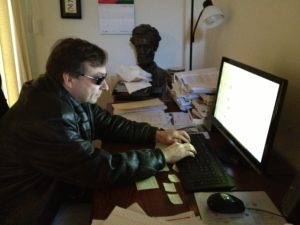 The year 2018 in a writer’s life was good. Well, kind of up and down, really. Okay, let’s just call it a year of transition. And that is actually a good thing.
The year 2018 in a writer’s life was good. Well, kind of up and down, really. Okay, let’s just call it a year of transition. And that is actually a good thing.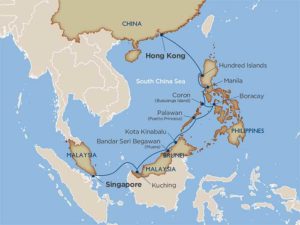 Traveling can take you back in time (as in, history)…or it can take you away in space (as in, geography; so far no actual space travel for me). I’m about to do both.
Traveling can take you back in time (as in, history)…or it can take you away in space (as in, geography; so far no actual space travel for me). I’m about to do both.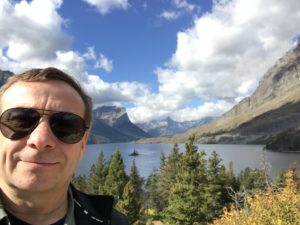 In the last quarter of my most recent 2000 mile road trip we met a lovely couple at a Montana rest stop. Gene and Jacque were sitting in foldable chairs next to their large RV camper when we pulled in to stretch our legs. As we talked about life I realized that very day – September 12th – was the 5-year anniversary of my science traveling life.
In the last quarter of my most recent 2000 mile road trip we met a lovely couple at a Montana rest stop. Gene and Jacque were sitting in foldable chairs next to their large RV camper when we pulled in to stretch our legs. As we talked about life I realized that very day – September 12th – was the 5-year anniversary of my science traveling life.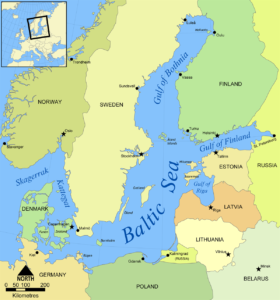 Ah, the Baltic Sea. I’ll soon be on it. And also in Denmark, Poland, Lithuania, Estonia, Russia, Finland, and Sweden. Windstar take me there.
Ah, the Baltic Sea. I’ll soon be on it. And also in Denmark, Poland, Lithuania, Estonia, Russia, Finland, and Sweden. Windstar take me there.